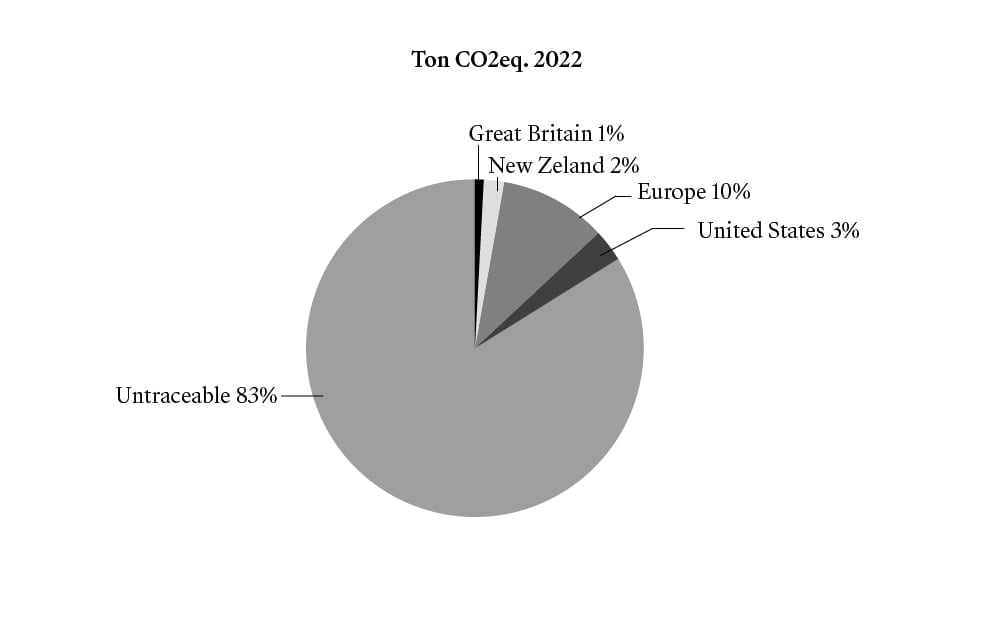OUR SCIENCE BASED TARGET INITIATIVES (SBTi) TARGETSThe Science Based Target initiative (SBTi) provides companies with a clearly defined path to reduce emissions in line with the goals of the Paris Agreement, an international treaty on climate change.
In 2022, with the aim of reducing our environmental impact, Bally committed to the initiative to set near-term targets in line with climate science.
In the following months, we collaborated with Quantis experts to identify actions to reduce our footprint; we also involved key employees across our organization, including materials experts and logistic professionals.
As a result, 9 clusters of actions have been defined: they are referred to materials choice, materials certifications, transportation means and energy supply, and give us a clear pathway on how to reduce our emissions in different scenarios.
In 2023, our SBTi were approved:
• Bally commits to reduce absolute scope 1 and 2 GHG emissions 46.2% by 2030 from a 2019 base year.
• Bally also commits to reduce absolute scope 3 GHG emissions from purchased goods and services, and upstream distribution 46.2% within the same timeframe.
Discover more on the Science Based Target initiative and how emission reduction targets are set on their website:
https://sciencebasedtargets.org/








